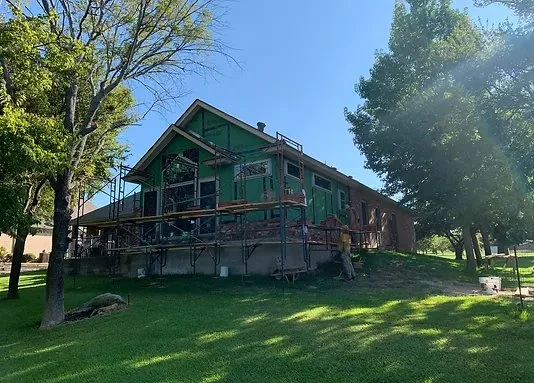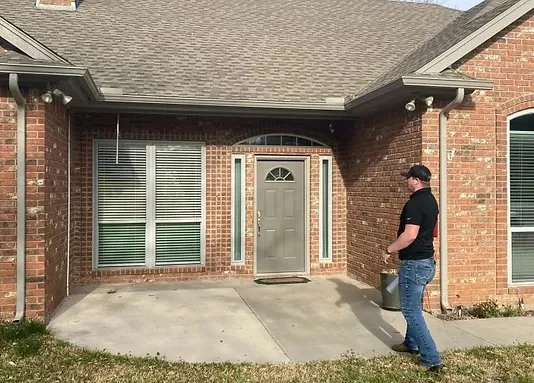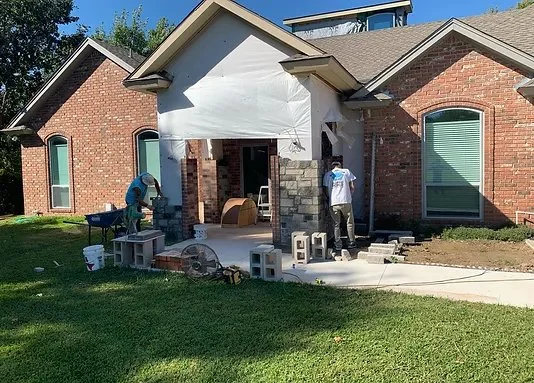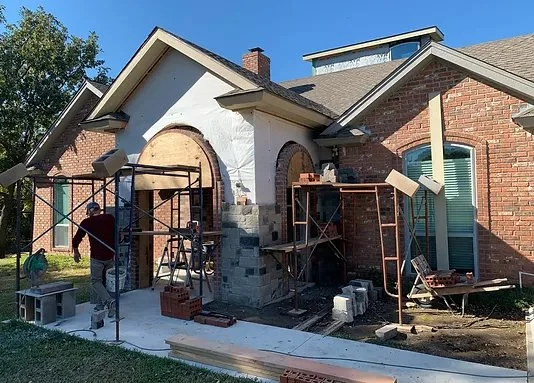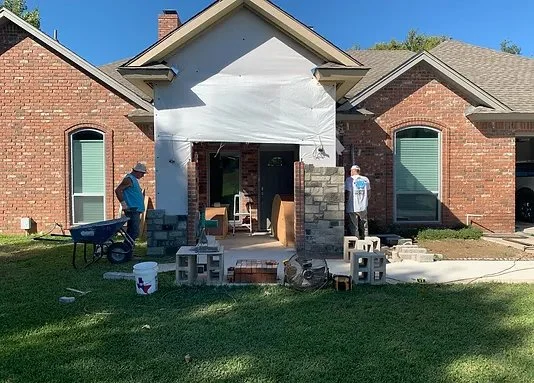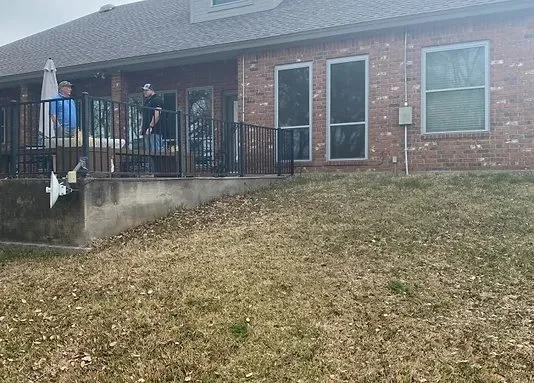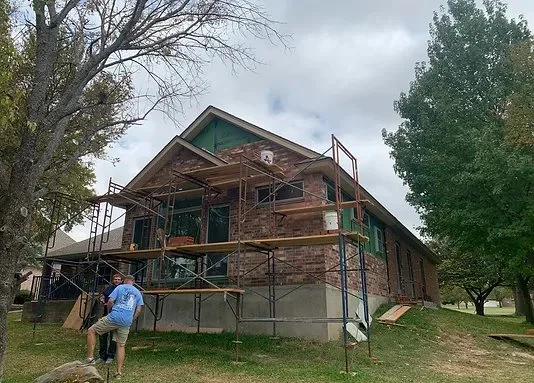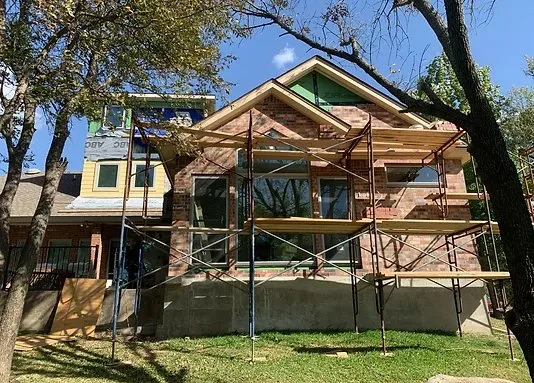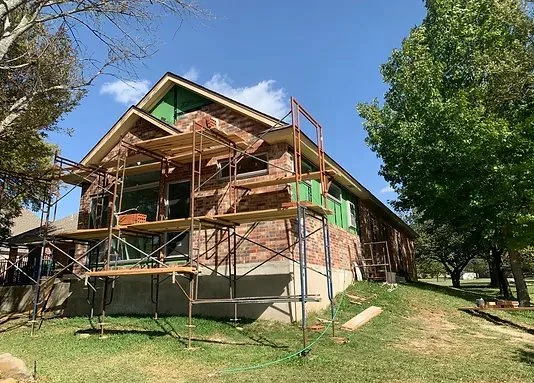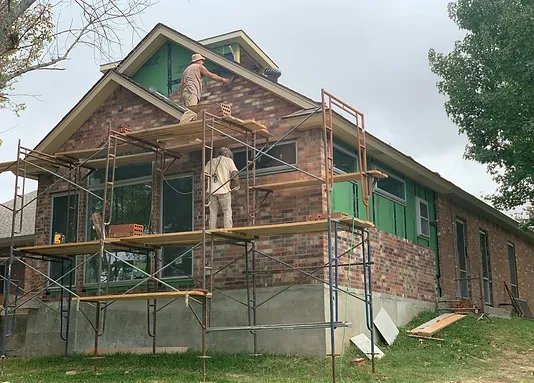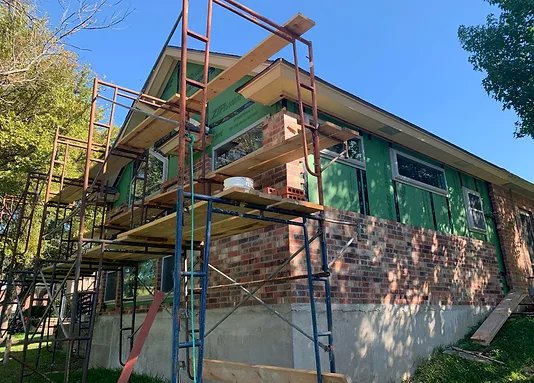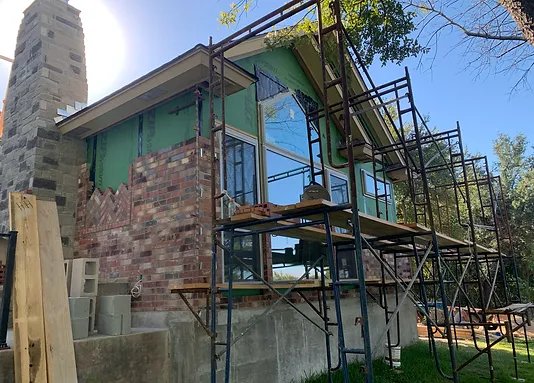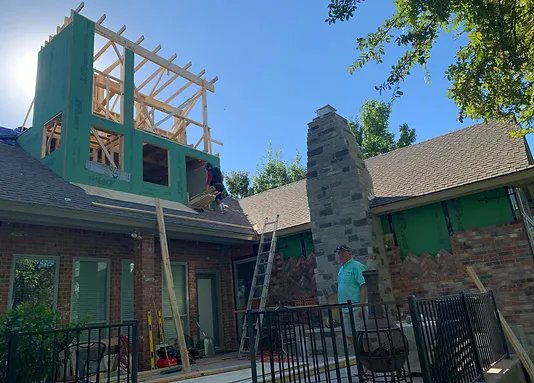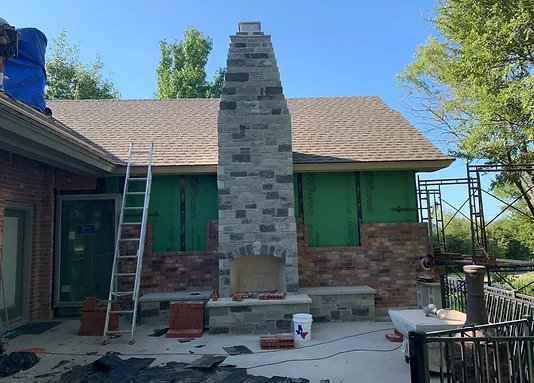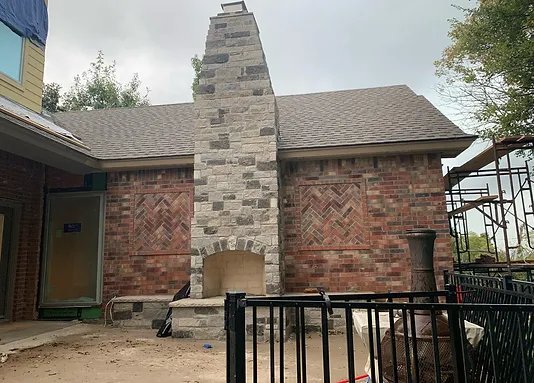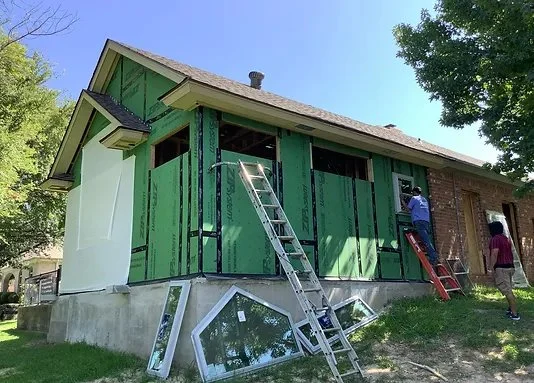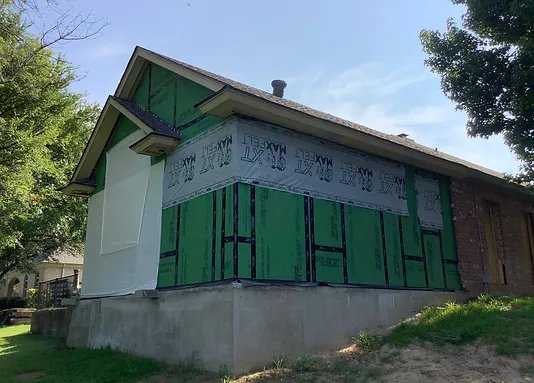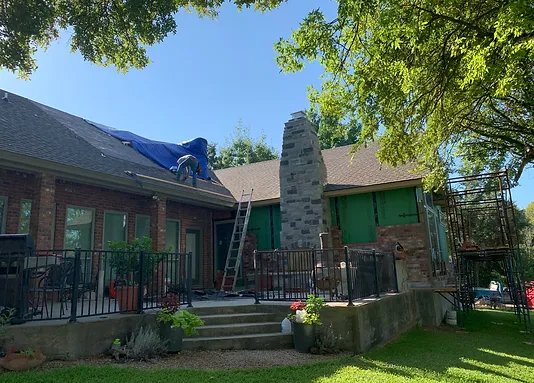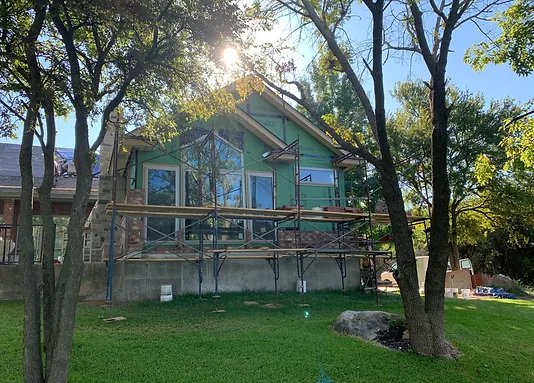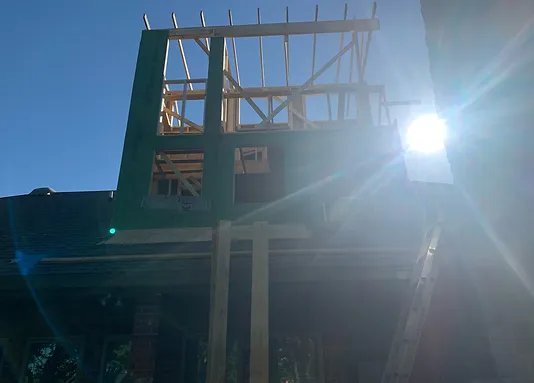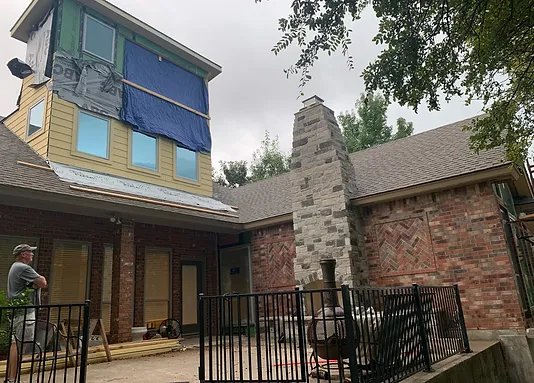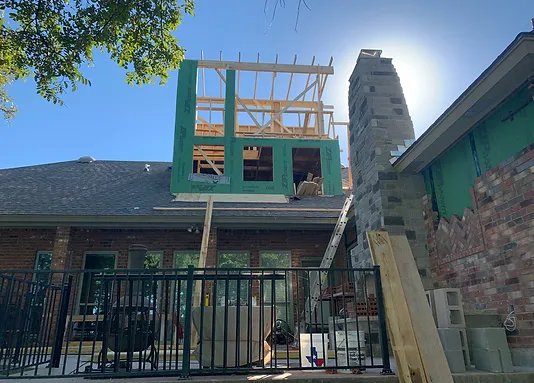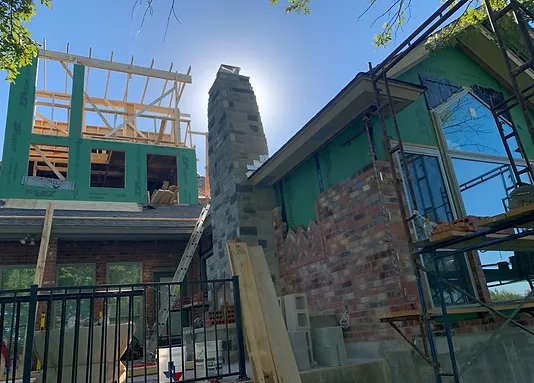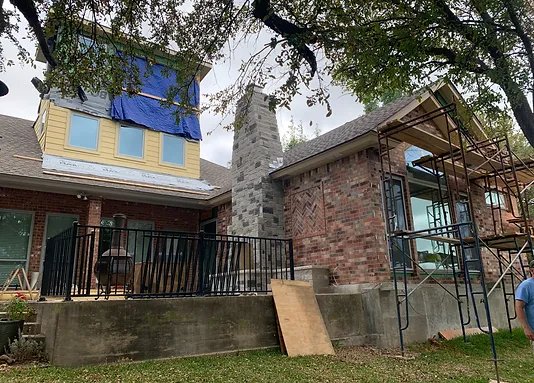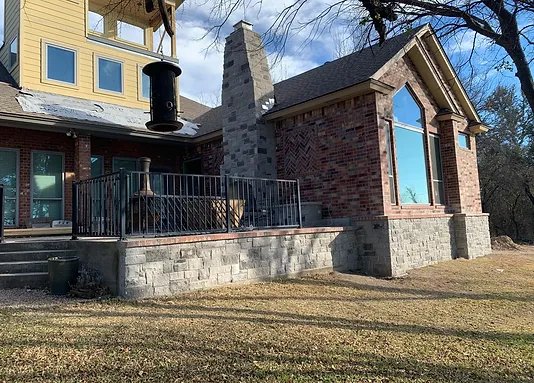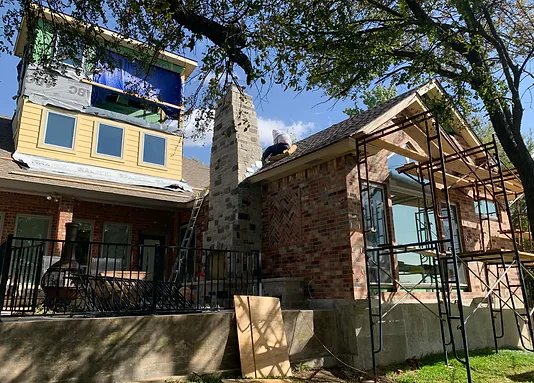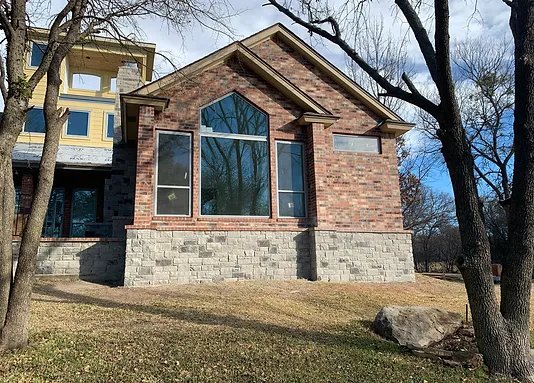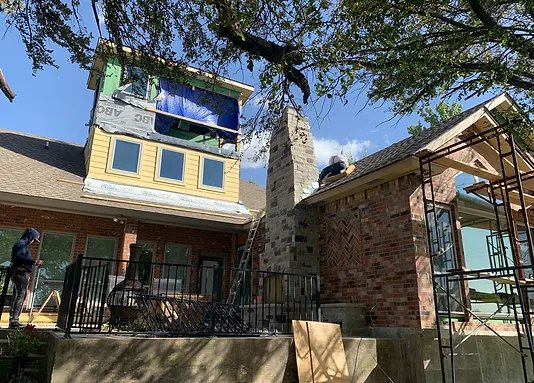Home Additions
Home Additions by Texas Built Construction
Adding on to your home can be a cost-effective solution and increase the value of your home to offset the cost if done properly. Texas Built Construction is the design and construction professional to turn to. Our team of experts listens to your demands, navigate you through challenges and helps you discover effective, cost conscious options to get the job done. With a business built on honesty, integrity, trust and incredible workmanship, we will design your home addition to your specifications and create a finished product you are certain to feel proud of.
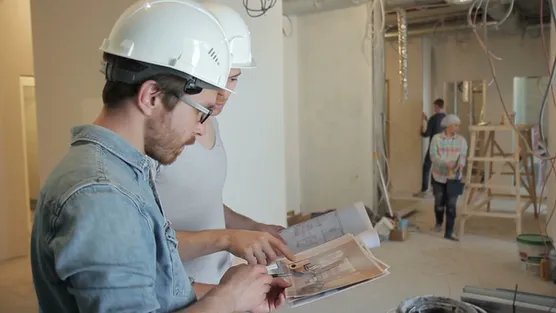
Designing Your Home Addition
True Transparency in design, regardless of your home addition goals, our in-house design team delivers the best product at an unbeatable price. Our team will review every detail of your home addition project and will guide you through your design process every step of the way. We oversee all zoning and permitting requirements with your city or county and provide all construction documentation to lead to a successful build. Our unique design and build method ensures our clients are designing a product that does not exceed their financial budget.
Meet Our Additions & Remodel Senior Project Manager
Meet Rachael Palmer – Our Senior Additions & Remodel Project Manager. Her background initially started in the hospitality industry which is why she is so hands on and caring about each client and their overall experience throughout the process of their build. She has been in the construction industry for over seven years and loves the opportunity to “take someone’s dream and make it a reality.”

Different Types of Home Additions
How is your addition going to connect to your home? Homeowners with a larger yard can expand onto the first floor, while homeowners with a more modest lot size may want to add a second story. A detached addition may also suit your needs better as well if your looking to add a mother in law suite for example.
The Larger Room Addition
A bump-out addition or room extension relocates one or more of the exterior walls in an existing room on the first floor to increase the square footage of that room. This method is often used for narrow bedrooms, cramped kitchens, or small living rooms.
The New Room Addition
A first-floor room addition provides a new room or rooms to the first floor of your home. If you are needing to add square footage to your existing home this is often the perfect solution. In todays housing market it makes more financial sense to increase the size of your existing homes footprint rather than list your home and search for a new one.
The 2nd Story Addition
For homes without an existing upper floor, a second-story addition can double the size of the house without reducing surrounding yard space. The entire roof will be removed, then the second-story addition will be built.
The Attic Addition
For homes with steep rooflines, an attic addition might be the way to go. Finished attics can make great large bedrooms, bonus rooms and offices that are away from the noise life constantly occurring below. With this type of addition, you may think about adding a dormer for more light and headspace.
The Detached Addition
An accessory dwelling unit (ADU) is a smaller, independent residential dwelling unit located on the same lot as a stand-alone single-family home. These structures are also called granny flats, accessory apartments or second units. These additions tend to be apartments above a garage, pool houses or in-law suites.
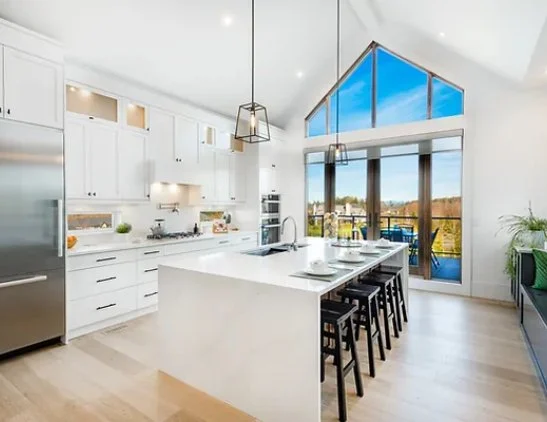
True Transparency in Bathroom Design
Why Choose Texas Built Construction?
Were the leading company for home additions in Dallas Fort Worth Metroplex and all other nearby surrounding areas. Our entire process is made easy & efficient so our clients can enjoy all the benefits of adding a home addition to their house without any of the stress. Our biggest focus as a company is project management for our operations team. We are partnered with a project management software called buildertrend that allows our clients to fully track their project all from the convenience of their app from their phone. Our clients receive updates, progress logs, photos, scheduling charts on a weekly basis so no matter if they are traveling or busy at work they are able to track their project every step of the way.
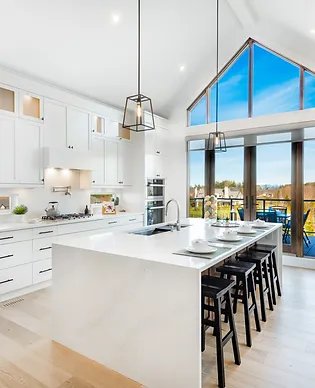
Interior Finish
Quality
Quality is the first of our companies core business principle. All of our projects have the highest level of quality control systems put in place to ensure your investment meets your standards.

Project Manager
Integrity
Integrity is the level of detail and dedication that our team provides to our clients. When your building you need to make sure your building with a contractor you can trust to not only show up, but strive to get the project to the finish line no matter what hurdles may get thrown your way.
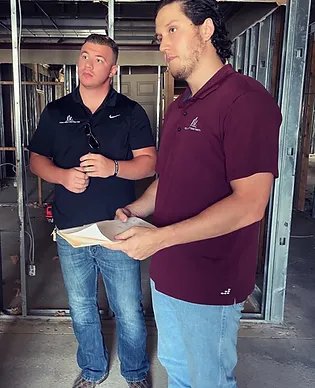
TBC Team
Communication
Communication is by far the biggest team principle and value that we strongly input into every procedure here at Texas Built Construction. Our clients stay up to date on every single phase of their project on a daily and weekly basis. Our award winning project management software allows our clients to fully engage into their project from the convenience of their smart phone.
Frequently Asked Questions About Home Additions
Cost per square foot is a very poor way to gauge the cost of completing your home addition. Since all houses, properties, and family needs are different, it’s impossible to guess how much an addition will cost without talking to a local contractor. However, as a general guideline, you can expect to spend an average of $100 to $200 or more per square foot for building costs. In addition to building costs, you have to consider costs for furnishings and amenities. When you increase the square footage of your home, you also increase your heating and cooling energy costs. In addition, your property taxes will likely increase, since tax assessments are based on a home’s square footage.
Before adding on, assess your current living space and determine if the addition will accomplish your needs and solve your problems. If your house is small and doesn’t include a guest room, a bedroom addition would allow out-of-town family members and friends to visit more often. If your grandchildren love to play at your house, an added playroom would provide a safe space for activities.
Before you spend the money for a room addition, make sure it will add benefits to your lifestyle and give you needed space.
The cost of a home addition entirely depends on the type and the extent of the project you plan to make. That’s why it’s difficult to provide an estimate without more information on your individual project. Majority of the time a home addition is being built between 100-200 per square foot as a pricing range reference. In todays market majority of homes are being listed and selling for around 200 per square foot. In short building a home addition you will always be able to recoup your investment for equal or higher value.
Most municipalities have zoning restrictions that dictate what you can build and where you can build it. For example, in most Texas residential areas, you’re generally not allowed to build anything within 20 feet of the front of your property; 15 feet of the rear; and 7.5 feet of either side. There are also other building restrictions governing height which can limit room additions that build up instead of out. It’s best to talk to your contractor about local building codes that may impact your addition.
A room addition takes careful planning so it looks like it was always part of the house when it’s finished. You need to consider how the roofline of the addition connects to the house and how to enhance the style of the house with doors, windows and exterior materials and finishes.
Depending on your space needs and property size, you will need to decide if you should build up or build out. If your property size restricts building out, building up may be your only option to achieve your goals, but building up is always more expensive. Main-level additions are often the simplest, since they don’t require retrofitting the home’s foundation. Second-story additions often require structural retrofitting down to the foundation, as well as moving interior walls and removing exterior materials.
Since the success of your project relies heavily on strong management, we are extremely selective and hire only the best project managers. Our project managers receive extensive and ongoing training on a weekly and monthly basis. The success of our business is built on the strength of our project managers and we are proud of the highly skilled team we have assembled at Texas Built Construction. Our team uses a top of the line project management software to guide your project from start to completion in the most efficient way possible.
Each of our projects is as unique and diverse as our clients, which is exciting for us and important to our clients. However, if we have a project under construction, and we have the permission of the client we would love to show you a project in action! This is a great way to assess a contractor as you get to see things from the inside out. For Texas Built Construction, this is also an opportunity to show what makes our approach so unique and what makes the TBC Difference when building your home addition.
Prior to every projects contractual execution we set a Fixed Fee for our company that will not change throughout the entire project. This allows our team to establish complete transparency during the construction process.
At Texas Built Construction we believe that the price of your project should not come with surprises. That’s why we offer guaranteed pricing with a stipulated sum. The price of your project will be the same on the day it is completed, as the day you signed your contract.

We Are Here To Guide You
Still not sure how to proceed or where to start your home addition project?
Give us a call today or fill out our form and we will guide you through this process every step of the way. We do this daily for a living and we know how complicated other companies can make this. Let one of our team members answer any questions you have and show you just how easy Texas Built Construction can make your home addition project!
Texas Built Construction is proud to offer top-tier home addition construction services to the Greater Texas community, including Denton, Fort Worth, McKinney, Carrollton, Coppell, Rowlett, Frisco, Lewisville, Irving, Grand Prairie, Grapevine, and all surrounding areas. Contact us today for a consultation.
